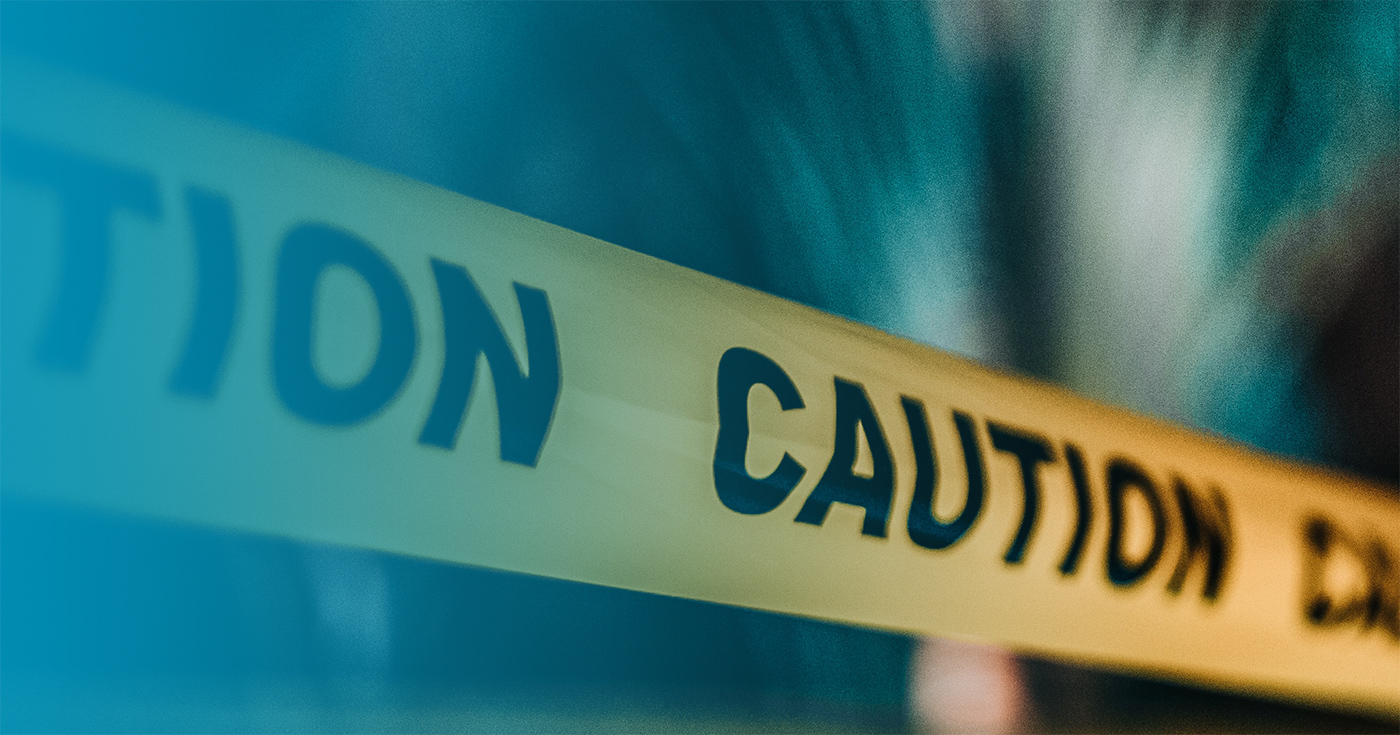Step Up or Sit Out? Corporate Communications During Times of Crisis

Posted By Kathy Wilson on February 12, 2020
At Tier One, we’re big proponents of following the major tenets of successful media relations: disciplined research, precise pitches, relentless pursuit ... and repeat.
We also know there are times that call for throwing out the tried-and-true approach, and one of those is when a crisis situation strikes — particularly when it involves human tragedy (whether it’s a natural disaster, news event, or a personal misfortune).
As individuals and communities, these moments often bring out the best in human nature — the impulse to be compassionate and help where we can. Similarly, organizations have the opportunity to demonstrate their humanity by being great corporate citizens.
But when a brand steps in, it risks being seen as more noise in an already chaotic situation, or worse, it may come across as an ill-advised publicity stunt. Which is why it’s good to be familiar with some best practices when the worst of times occur.
Ask the Right Questions (and Have the Right Answers)
In the context of a tragic situation, what matters most is an organization’s usefulness. Use the time during or immediately following a crisis to ask yourself whether what your company has to say or contribute will be constructive and help the individuals directly involved. Start with these three questions when evaluating whether to add your company’s voice to a crisis conversation:
- Is what we have to share useful, relevant and, in some cases, reassuring to the public and those at the heart of the crisis? In short, make certain you’re part of the solution, not adding to the problem.
- How will the information we share be heard and received by every potential audience member? Once you’ve answered this question, ask yourself if your communication is still a good idea.
- Are reporters actively seeking experts like my organization that can comment with accuracy on the situation? (Social listening can be helpful in identifying media who have put out a call for resources.) If the media’s focus and need is elsewhere, don’t crowd their communications channels with information that’s irrelevant in the near term.
Know When to Sit It Out
So here’s a piece of advice you might never have expected to hear from a PR gal: Sometimes the most helpful thing a company can do is stay quietly on the sidelines.
Staying quiet — whether in the immediate hours following a crisis or the days afterward — gives an organization valuable time to listen to the public’s needs and assess how the media is meeting them. It also offers an organization the time to craft a solutions-focused storyline that will be truly beneficial for those affected and the most useful for the general public.
Above and beyond any communications you might introduce during an unfolding crisis, you should also take stock of ongoing campaigns. Are your pre-scheduled social media updates still appropriate to the new situation? Oftentimes, the answer is no. Generally speaking, we advise dialing back on social media updates of any kind during an event that has captured the nation’s attention. There will rarely be a penalty for temporarily “going dark,” while the consequences of an ill-advised tweet can be profoundly negative.
Remember, Experience Is the Best Teacher
Of course, in times of crisis and tragedy, decisions must be made quickly and carefully, and the right course is not always clear. Taking note of those that have handled moments of crisis and tragedy well in the past can be a great place to start.
In 2013, following the bombings at the Boston Marathon, Everbridge, a provider of emergency notification systems, listened actively to the media conversation, reaching out only to reporters who were already familiar with the company and who demonstrated an interest in the impact of these response systems.
Ultimately, the company reached out to a Boston Globe reporter on Twitter who was looking for local employers to speak to how they handled employee safety in the hours following the attack. Because a plan was in place, Everbridge knew when to speak up and when to sit out.
More recently, Anheuser-Busch provides another great example of how to be useful in times of crisis with its ongoing disaster relief program. For more than 30 years, A-B has provided support by canning and distributing water in the wake of hurricanes, earthquakes, and wildfires, gaining considerable media attention online in the process. This use of A-B’s existing resources paired with its coordination with the Red Cross makes it a natural and (more than) useful asset in times of crisis.
Time and place are always critical components of effective media relations and that’s even truer in times of tragedy. Make certain your organization helps when and where it can and steps back when it can’t. Successful organizations know their place in both ordinary and extraordinary times.
Learn how Tier One helps clients prepare and plan for every situation:

Kathy Wilson
Kathy Wilson is a Co-founder and Managing Partner at Tier One, where she leads the agency's Boston office and serves as a strategic client counselor. She taps her three decades of experience in B2B and B2C technology, digital healthcare, and financial services — including work counseling major brands like SAP, Citrix, Ultimate Software, GHX, and Ally Financial — to help clients meet critical business and marketing objectives. Kathy is a die-hard Red Sox fan and loves nothing better than a summer day at Fenway Park.



